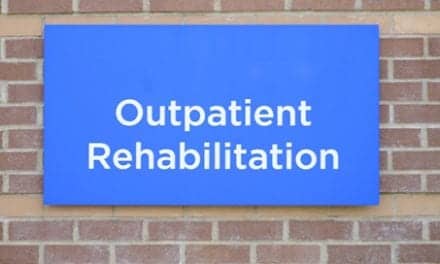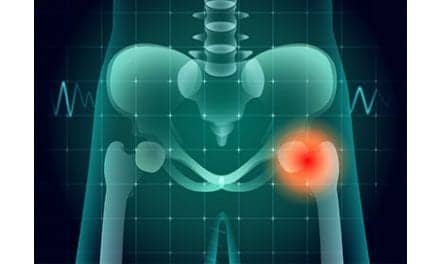According to a recent study, a balance board accessory for a popular video game console can assist patients with multiple sclerosis (MS) in reducing their risk of accidental falls.
A news release issued by the Radiological Society of North America notes that magnetic resonance imaging (MRI) scans indicated that the use of the Nintendo Wii Balance Board system may induce favorable changes in brain connections linked to balance and movement. Users stand on the board and shift their weight as they follow the action on the television screen during games.
The release notes that the while Wii balance board rehabilitation has been reported as effective in MS patients, little is known about the underlying physiological basis for any improvements in balance.
Additionally, researchers recently used diffusion tensor imaging (DTI) to study changes in the brains of 27 MS patients who underwent a 12-week intervention using Wii balance board-based visual feedback training. The release reports that MRI scans of the MS patients exhibited significant effects in nerve tracts that are key in balance and movement. The changes seen on MRI correlated with improvements in balance, as measured by an assessment technique known as posturography, researchers say.
Luca Prosperini, MD, PhD, Sapienza University in Rome, Italy, explains that the brain changes in MS patients are likely a manifestation of neural plasticity.
Prosperini emphasizes that the “most important finding in this study is that a task-oriented and repetitive training aimed at managing a specific symptom is highly effective and induces brain plasticity. More specifically, the improvements promoted by the Wii balance board can reduce the risk of accidental falls in patients with MS, thereby reducing the risk of fall-related comorbidities like trauma and fractures.”
In the release, Prosperini adds that similar plasticity has been observed in individuals who play video games. However, the exact mechanisms that drive the phenomenon are still unknown. Changes can occur at the cellular level within the brain and may be linked to myelination, according to Prosperini’s hypothesis.
Upon discontinuation of the training protocol, the rehabilitation-induced improvements did not persist, Prosperini says, likely because certain skills linked to structural changes to the brain post-injury need to be maintained through training.
Prosperini adds that the finding could have a vital impact on rehabilitation, suggesting that patients require ongoing exercises in order to maintain good performance in daily living activities.
The study appears online in the journal Radiology.
[Source(s): Science Daily, Radiological Society of North America]




